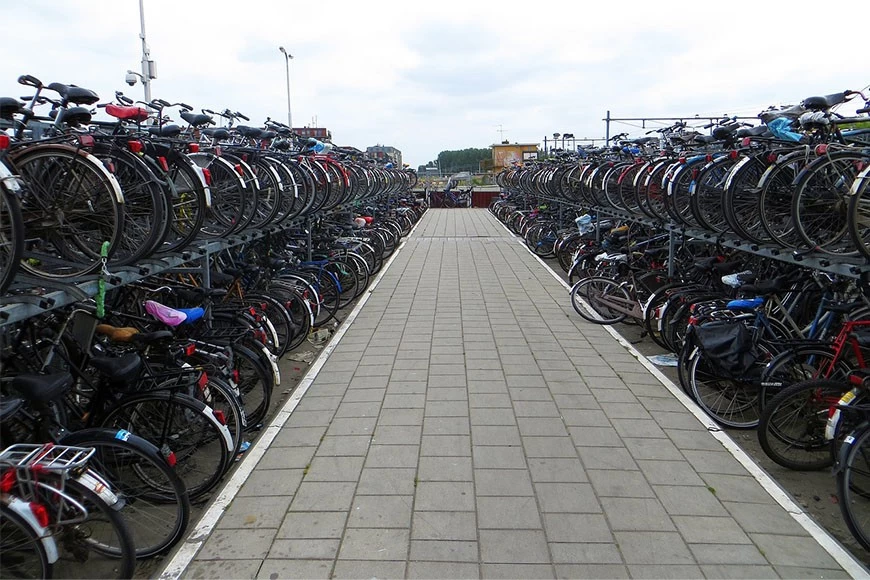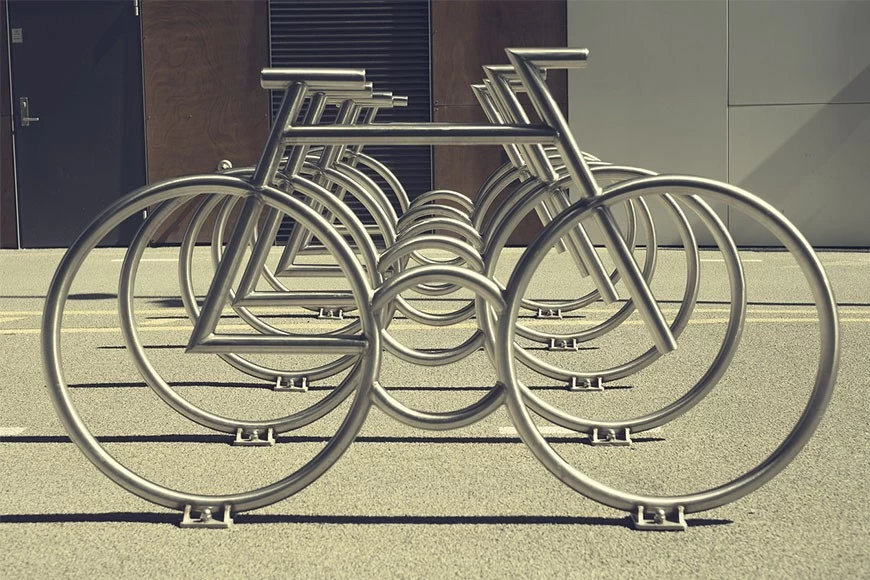Specifications
Model Number : PV-SC-001
Type: Bike parking and storage
Color:Yellow,Black,Green,Red,or Customized.
Style : both indoors and outside
Material : carbon steel
Loading: According to customer need
Size :195*23.2*75cm,200.55*23.2*75cm,or Customized.
Finish: hot-galvanized
Specifications
Model Number : PV-0081-01
Type: Bike parking and storage
Color:silver
Style : both indoors and outside
Material : carbon steel
Loading: According to customer need
Size :Height 1463mm, Depth 1114mm
Finish: hot-galvanized
Model Number : PV-0081-01
Type: Bike parking and storage
Color:Black
Style : both indoors and outside
Material : carbon steel
Loading: 2-10 bikes (According to customer need)
Size :Height 1463mm, Depth 1114mm
Finish: hot-galvanized
Model No.: PV-H1
Size: w605*D400*H330mm
Specification: Round tube:¢16*1.2mm
Finish: Power coated
Net Weight: 1.6 kgs
Packing size:6pcs/ctn
MOQ: 100pcs
Model Number : PV-0024-01
Material : carbon steel/stainless steel
Loading: according customer space size,we can design according the size
Size : W1977*D1130(depend on your parking space)*H2500mm
Finish: Powder coated ,hot-galvanized/electric polish
Packing size :2000*2000*2500mm(40 parking space )
Powder coated ,hot-galvanized/electric polish
Product number:PV-0046-01
Material:carbon steel
Specification:10.2*59*28CM or Customized.
MOQ:100PCS
Port:Shanghai
Trademark:PV
Model Number : PV-0081-01
Type: Outdoor Bike Parking Rack
Style : both indoors and outside
Material : carbon steel
Loading: 2-10 bikes (According to customer need)
Size :170.5*116*148CM
Finish: hot-galvanized
Model Number : PV-0055-01
Type: compact flat pack /slot
Color:black / silver /yellow/optional
Style :Outdoor/indoor
Material : carbon steel/ stainless steel
Capacity : park 6 bikes
Size : L1400*W1054*H840mm
Net weight :38KG
Finish: powder coating / hot galvanized /elctropolishing
Packing size :1490*860*160mm 1pcs/ctn
Product Name: Multi-Capacity Horizontal Two Tier Bike Parking Rack
Material: Carbon Steel
Finish: Powder coated
Post: 80mm * 80mm thickness: 3mm
Steel plate: thickness: 2mm
Dimension: 1325*1890*1830mm
Weight: 370 kg/set
Model: PV-0067-01
Material: stainless steel 304
Pipe: 50 mm* 2.5 mm
Size: 900*700 mm(L*W)
Surface treatment: polishing

In the global pursuit of sustainable living, it is imperative to scrutinize every facet of our daily lives, including seemingly innocuous elements like bike racks. These utilitarian structures, integral to promoting eco-friendly transportation, are not exempt from the environmental considerations that accompany their manufacturing processes. Understanding the environmental impact of bike rack production is crucial for both manufacturers and consumers as they strive to make ecologically responsible choices.
1.Materials Matter:
The foundation of any product lies in its raw materials. In the case of bike racks, the materials typically include steel, aluminum, and occasionally plastics or composites. The extraction and processing of these materials contribute significantly to the overall environmental impact. Mining operations can result in habitat destruction, soil degradation, and water pollution. Sustainable practices involve responsibly sourced materials and a commitment to minimizing ecological disruption during extraction.
2.Manufacturing Processes:
The transformation of raw materials into functional bike racks involves various manufacturing processes, each with its own environmental implications. Welding, shaping, and finishing demand energy, with the potential to emit greenhouse gases. Adopting energy-efficient technologies and practices, along with the use of renewable energy sources, can significantly mitigate the carbon footprint associated with manufacturing.
3.Transportation Challenges:
The journey of a bike rack from conception to market involves transportation of raw materials to manufacturing facilities and the distribution of finished products to retailers. The carbon footprint of these transportation activities can be influenced by the distance traveled and the modes of transport used. Local sourcing of materials and products, as well as optimizing transportation routes, can reduce emissions associated with this phase.
4.Packaging Woes:
Excessive and non-recyclable packaging is a common concern in various industries, including bike rack manufacturing. The materials used in packaging contribute to waste and may lead to increased transportation emissions due to added weight and volume. Sustainable packaging solutions, such as minimal and recyclable materials, can address these challenges.
5.Durability and Product Lifespan:
An often overlooked aspect of environmental impact is the durability and lifespan of the product. Bike racks that are built to withstand the elements and resist corrosion reduce the need for frequent replacements. This longevity not only benefits consumers but also decreases the demand for new manufacturing, ultimately lessening the environmental impact.
6.End-of-Life Considerations:
The disposal phase of a bike rack's life cycle is critical. Materials that are easily recyclable can be repurposed, reducing the burden on landfills. Implementing recycling programs for bike racks and raising awareness about responsible disposal practices are essential steps toward a more sustainable approach.
7.Recyclability and Circular Economy:
The concept of a circular economy emphasizes the importance of designing products with recyclability in mind. Bike rack manufacturers can contribute to this paradigm by using recyclable materials and encouraging the recycling of their products at the end of their life cycle. This closed-loop approach minimizes waste and conserves resources.
8.Lifecycle Analysis for Holistic Assessment:
To comprehensively understand and address the environmental impact of bike rack manufacturing, conducting a life cycle analysis (LCA) is crucial. This analytical approach considers every stage of a product's life, from raw material extraction to end-of-life disposal. LCAs provide valuable insights into where environmental improvements can be made and guide manufacturers towards sustainable practices.

As the world grapples with the challenges posed by climate change and environmental degradation, even seemingly small components of our infrastructure, such as bike racks, demand careful consideration. Manufacturers play a pivotal role in steering the industry towards sustainable practices, but consumers, too, hold the power to influence change through their choices. By understanding the environmental impact of bike rack manufacturing and advocating for sustainable alternatives, we can collectively pedal towards a greener, more sustainable future.